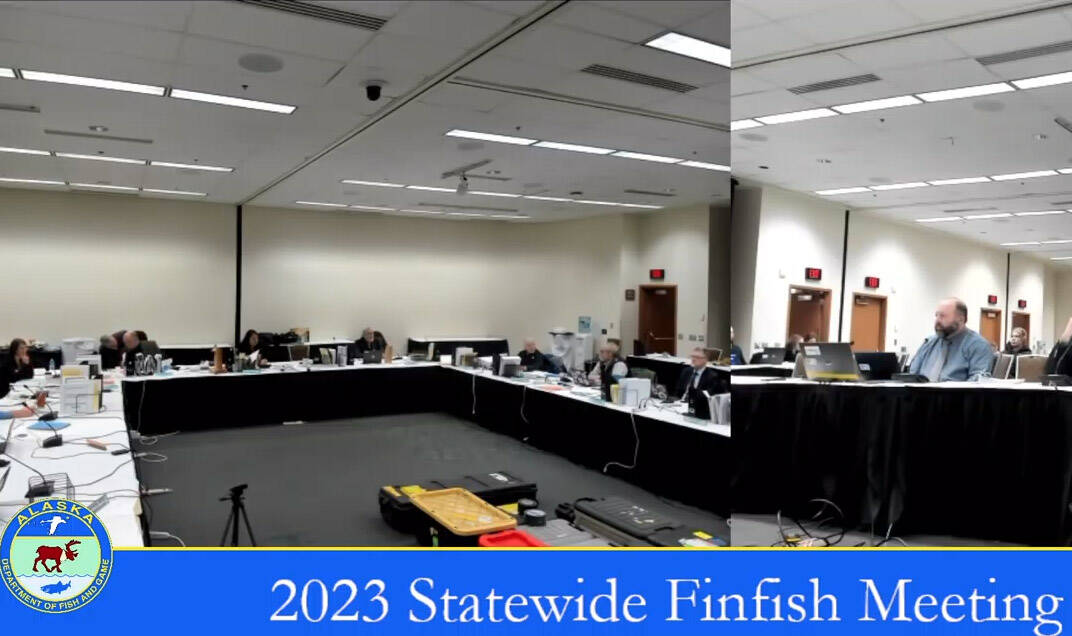During the Statewide Finfish Meeting of the Alaska Board of Fisheries, local anglers submitted three emergency petitions responding to Department of Fish and Game emergency orders issued earlier this month that trigger a full-season closure of the Upper Cook Inlet’s East Side Set Net Fishery. Each of the petitions was rejected for failing to meet the board’s definition of an emergency.
Petitions were submitted by the Kenai Peninsula Fishermen’s Association, the South K-Beach Independent Fishermen’s Association and Gary Hollier.
The board did not consider the content of the proposals within the three petitions, only whether any of the three petitions were able to clear the bar set by the group as constituting an emergency.
According to the petition policy of the boards of fisheries and game, an emergency is “an unforeseen, unexpected event that either threatens a fish or game resource, or an unforeseen, unexpected resource situation where a biologically allowable resource harvest would be precluded by delayed regulatory action and such delay would be significantly burdensome to the petitioners because the resource would be unavailable in the future.”
That “unforeseen” was central to the arguments of the members of the board. They said that the closure of the East Side Set Net Fishery was not unforeseen, as it was always possible as a result of department policy that king salmon sport fishery closures in the area automatically close the setnet fishery.
The preclusion of the anglers from their fishery despite the jeopardized species — king salmon — not being their target — sockeye salmon — was viewed as “compelling” by the board, especially given high sockeye salmon escapement in 2022, but failed to turn the decision.
All three petitions were defeated by a vote of 5-1. The one in favor in each instance was John Wood, of Willow.
Department of Fish and Game Commissioner Doug Vincent-Lang said that if king salmon escapement is high, the emergency order will be rescinded. The projected escapement numbers would need to exceed optimal escapement goals for that scenario to occur.
The predictions for late-run king salmon in the Kenai River from the department are 13,360 fish. To exceed optimal escapement and reopen the fishery, there would need to be 15,000.
For more information about the Board of Fisheries and Department of Fish and Game Emergency Orders, visit adfg.alaska.gov.
Reach reporter Jake Dye at jacob.dye@peninsulaclarion.com.


